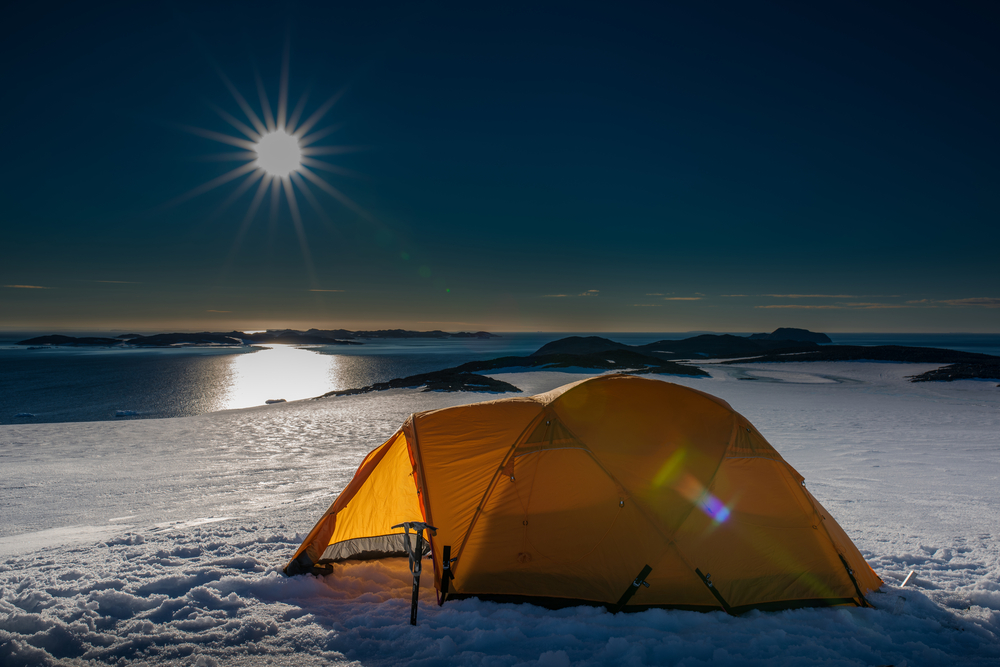When Antarctica is brought up, the name that usually comes to mind is Admiral Richard E. Byrd. But in fact, he was not the first person to reach the South Pole. That honor falls to a Norwegian explorer named Roald Amundsen. His party of five beat out their closest competitor by five weeks. Even more amazingly they returned safely home, while their competitors’ party died on the return trip.
That’s because Antarctica is probably the most inhospitable terrain on the planet. With the Sahara Desert in second place. After all, more people have succeeded in living with the desert than in the cold of Antarctica. Thanks to its relative abundance of wildlife, shelter and lack of frostbite.
Yet, despite this, Antarctica has also been populated for over a century.
That’s because, while there’s no native population, unlike the Arctic, scientific research stations have been operating in Antarctica since 1898, with the largest, McMurdo Station, able to house as many as 1,258 residents.
3 Second SEAL Test Will Tell You If You’ll Survive A SHTF Situation
Still more incredible is the range of animal species that live in Antarctica. Including penguins, seals, orcas, snow petrels, krill, albatross and more.
So, in the face of such hostility, what can we learn about survival from these various animals, explorers and residents?
Adaptability
The human animal is a highly adaptable creature. While modern man is accustomed to his conveniences and won’t want to go without them, humans elsewhere in history have found ways to adapt to their environment. This ability to adapt is an important part of our ability to survive.
I distinctly remember seeing video of some Arctic or Antarctic expedition back when I was in elementary school. One of the things the explorers were struggling with was a vitamin D deficiency. So, to counter it, they were running around outside, almost naked, so that their bodies could absorb sunlight and create more vitamin D. While you or I would think it impossible to survive outdoors in those temperatures, they were able to do it.
If you look at your own body as you go through the year, you’ll notice that it adapts to the seasons, specifically to the cold of winter and heat of summer. While you might find yourself feeling like you’re freezing when it gets down to 40°F in the fall, by the time spring rolls around, that will seem balmy. Likewise, that springtime “heat” of 80°F may have you sweating, but by September, you’ll be calling that a “comfortably cool” day.
From a survival point of view, living in heated and air conditioned places is detrimental to our body’s ability to adapt. But the good news is that living that way doesn’t seem to cause any permanent damage. Once we learn to do without them, we’ll adapt just fine.
Preparation
The first successful expedition to reach the South Pole didn’t happen without a lot of preparation. The explorers first established a base of operations at the…
